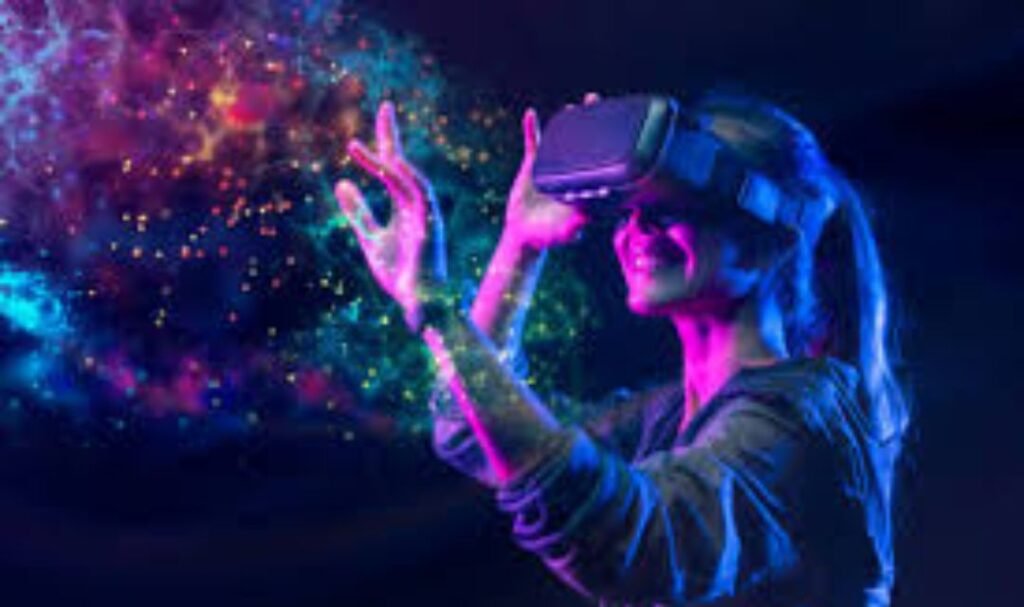Michigan State University’s researchers from the Developmental Speech Lab have co-developed virtual reality to understand how stuttering develops in children. Their ultimate goal is to improve diagnostic and treatment approaches for young children who stutter.
Bridget Walsh, a certified speech-language pathologist, directs this pediatric lab. He is also a Brant-Endowed Associate Professor and the director of undergraduate studies for MSU’s Department of Communicative Sciences and Disorders.
With the support of National Institutes of Health, Walsh and her team are working closely to understand why stuttering happens in some children.
How Walsh's Team Uses VR For The Research
Walsh and her team collaborated with the founder of withVR, Gareth Walkom. The platform is a software that provides customizable virtual reality speaking situations to support speech therapists and researchers.

The team aimed to develop two VR speaking situations: a higher-load condition in which children participate in a virtual classroom circle and a lower-load condition with a virtual pet. To do this, they designed a unique VR experiment to stimulate real-life VR conditions.
According to Walsh, her team provided inputs for how children would behave in a virtual classroom scenario. The VR environments provide a very realistic context. Therefore, virtual reality works wonderfully for laboratory results that fail to capture real-life speech dynamics.

The project has been two years into making. Early sessions that included children who do not stutter started using virtual scenarios with fresh excitement.
Walsh says that they are very excitement about the potential VR holds. To make children feel at ease, the lab is designed with a spaceship theme. Such studies are crucial to track the development of stuttering and its treatment.
The Bottom Line
As the study continues, the team hopes that virtual reality will explain the complexities of stuttering variability and help create more effective therapies. This research is promising for those who stutter practicing in realistic and controlled environments.







